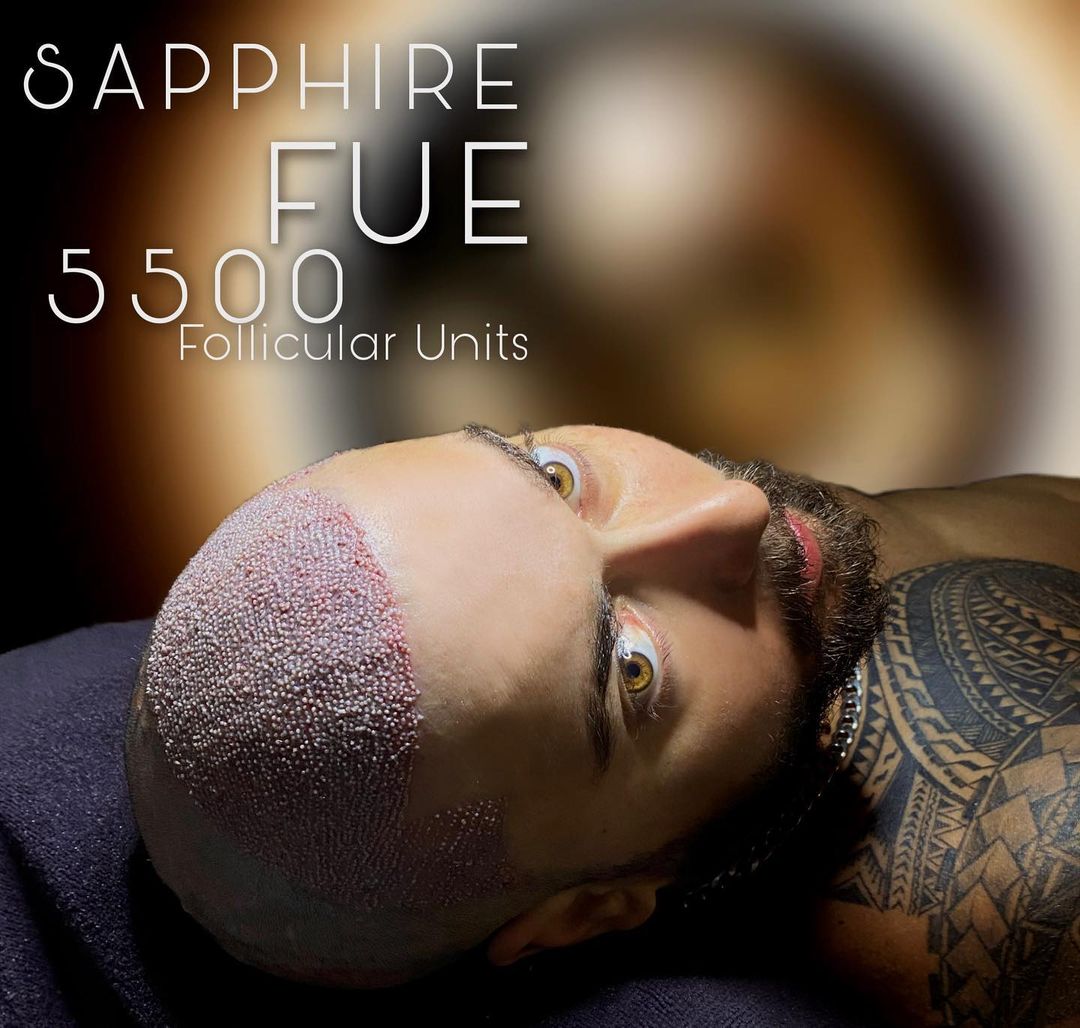
FUE Hair Transplant: A Modern Solution for Hair Restoration
Hair loss can be a distressing experience for many individuals, impacting not only their physical appearance but also their self-confidence and quality of life. Fortunately, advances in medical technology have led to the development of innovative solutions for hair restoration, one of which is Follicular Unit Extraction (FUE) hair transplant. FUE has gained popularity as a minimally invasive and highly effective method for restoring natural-looking hairlines and increasing hair density.
What is FUE Hair Transplant?
Follicular Unit Extraction (FUE) is a surgical hair restoration technique that involves the extraction of individual hair follicles from a donor area, typically the back or sides of the scalp, and their transplantation to the recipient area experiencing hair loss. Unlike traditional hair transplant methods, such as Follicular Unit Transplantation (FUT), FUE does not require the removal of a strip of scalp tissue, resulting in minimal scarring and a quicker recovery time.
The FUE Procedure
- Consultation: The first step in the FUE process is a consultation with a qualified hair transplant surgeon. During this consultation, the surgeon will assess the patient’s hair loss pattern, donor hair availability, and overall suitability for the procedure. This is also an opportunity for the patient to discuss their expectations and ask any questions they may have.
- Preparation: On the day of the procedure, the patient’s scalp will be cleaned and numbed with local anesthesia to minimize discomfort during the surgery.
- Extraction: Using a specialized tool called a micro punch, the surgeon will extract individual hair follicles from the donor area. The extraction process is meticulous and requires precision to ensure the viability of the follicles for transplantation.
- Recipient Site Creation: Once a sufficient number of follicles have been harvested, tiny incisions are made in the recipient area according to the patient’s desired hairline and aesthetic goals.
- Transplantation: The extracted follicles are then carefully implanted into the recipient sites, following the natural growth pattern of the hair. The surgeon pays close attention to the angle, depth, and density of the transplanted follicles to achieve a natural-looking result.
- Post-Procedure Care: After the FUE procedure is complete, the patient will receive instructions on how to care for their scalp during the recovery period. This typically involves gentle washing and avoiding activities that may disrupt the healing process.
Advantages of FUE Hair Transplant
- Minimally Invasive: FUE does not involve the removal of a strip of scalp tissue, resulting in minimal scarring and a faster recovery compared to traditional hair transplant methods.
- Natural Results: The individualized extraction and transplantation of follicles allow for the creation of a hairline that closely mimics natural hair growth.
- Versatility: FUE can be used to treat various forms of hair loss, including male and female pattern baldness, as well as hair loss due to trauma or medical conditions.
- Permanent Solution: The transplanted hair follicles are resistant to the effects of DHT (dihydrotestosterone), the hormone responsible for hair loss in genetically predisposed individuals, making FUE a long-term solution for hair restoration.
Conclusion
FUE hair transplant offers a modern and effective solution for individuals seeking to restore their hairline and regain their confidence. With its minimally invasive nature, natural-looking results, and long-term benefits, FUE has become the preferred choice for many individuals experiencing hair loss. If you’re considering hair restoration, consulting with a qualified hair transplant surgeon can help you determine if FUE is the right option for you.


